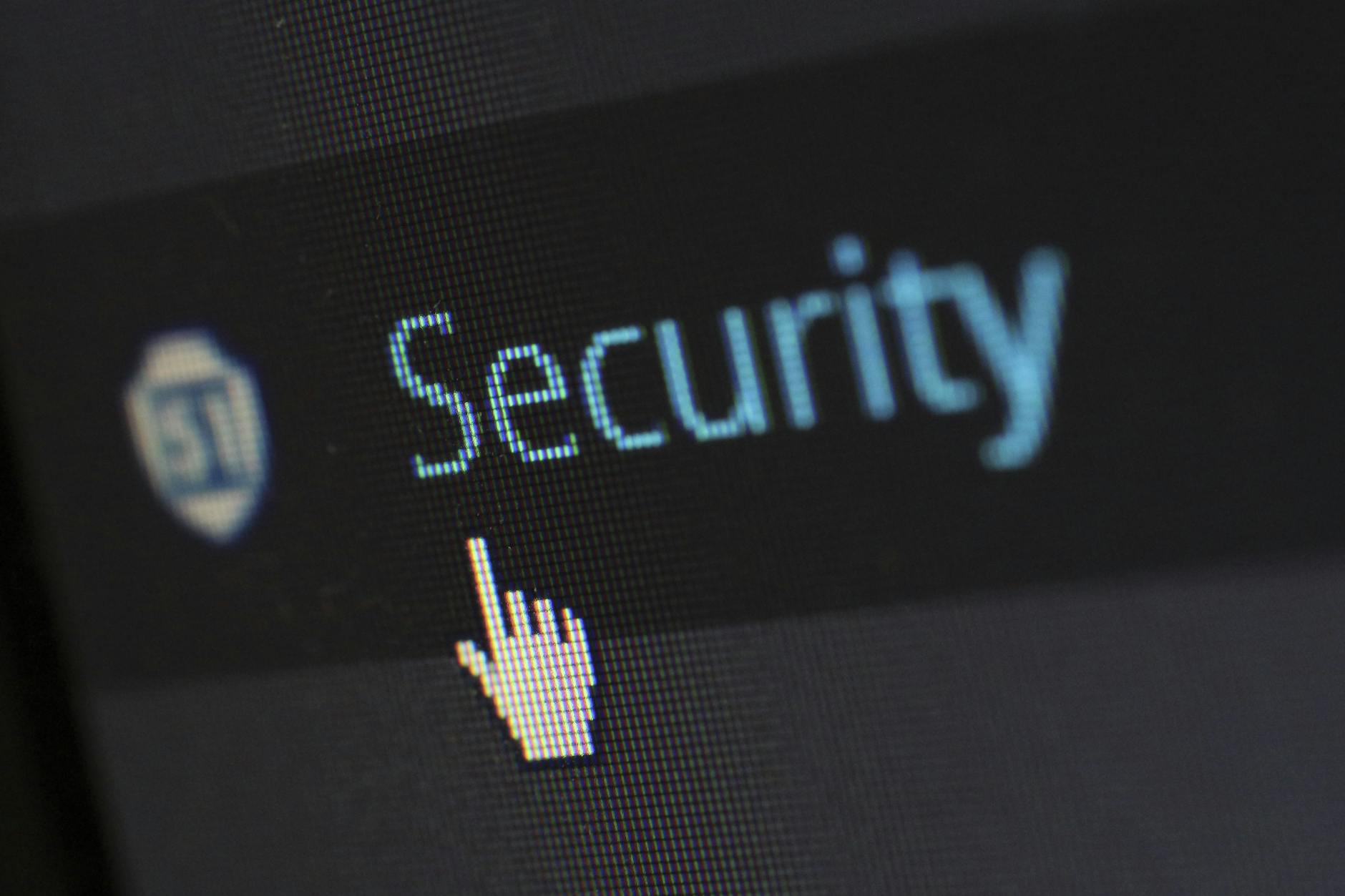
Essential digital safety tips every internet user should know
Introduction: The internet is an indispensable part of daily life, from banking and shopping to communication and entertainment. But convenience brings risk: cybercriminals exploit weak passwords, unpatched devices, and careless sharing of personal data. This article outlines practical, actionable digital safety strategies that any internet user can implement immediately. You will learn how to create resilient account defenses, recognize and avoid phishing and scams, secure devices and networks, and manage privacy and data so you stay protected without sacrificing convenience. Each section builds on the last, so adopting these steps in sequence will strengthen your overall security posture and reduce the chances of a disruptive breach or identity theft.
Password and account protection
Start with the foundation: strong, unique credentials. Password reuse across sites is the single biggest mistake that makes breaches catastrophic. Use a reputable password manager to generate and store complex, site-specific passwords so you don’t have to memorize them.
- Unique passwords: A different password for every account prevents a single leak from exposing multiple services.
- Password managers: Choose one with zero-knowledge encryption and a trusted track record. Enable an emergency access option for trusted contacts.
- Two-factor authentication (2FA): Wherever available, enable 2FA. Prefer authenticator apps or hardware tokens to SMS when possible because SMS can be intercepted or SIM-swapped.
- Account recovery hygiene: Regularly review and update recovery options like secondary emails and phone numbers, and remove outdated answers or contacts.
Recognize phishing, scams and safe browsing
Attackers often try to trick users rather than break strong cryptography. Learning to spot red flags minimizes the chance of giving away credentials or installing malware.
- Email and message cues: Watch for unexpected requests for passwords or financial information, mismatched sender addresses, urgent language, poor grammar, and suspicious links.
- Verify before you act: Hover over links to see the real URL, call institutions using numbers from official websites, and never enter credentials into a site you reached through an unsolicited link.
- Browser safeguards: Keep your browser updated, enable built-in site isolation and phishing protection, and install extensions sparingly. Consider an ad blocker to reduce risky ads.
- Be cautious with downloads: Only install software from official sources. Scan files from unknown senders before opening and avoid pirated software that often bundles malware.
Protect devices and networks
Securing your hardware and the networks you use closes many practical attack paths. These measures protect both personal and work data whether you are at home, in a café, or traveling.
- Keep software updated: Apply operating system and application updates promptly to close security holes.
- Use reputable security software: Endpoint protection with real-time scanning helps detect threats early. On mobile devices, restrict app permissions and uninstall apps you don’t use.
- Secure home Wi-Fi: Use WPA3 or WPA2 encryption, a strong router password, and change the default admin credentials. Create a separate guest network for visitors and IoT devices.
- Cautious public Wi-Fi use: Avoid sensitive tasks on public networks. If necessary, use a trusted VPN to encrypt traffic and prevent man-in-the-middle attacks.
- Physical device safety: Enable device encryption and automatic lock screens. Activate Find My Device features to track or remotely wipe lost hardware.
Privacy, backups and data management
Even with strong defenses, data can be lost or exposed. Combine privacy practices with reliable backups to minimize harm and speed recovery if something goes wrong.
- Minimize data exposure: Share only what’s necessary on social media and in forms. Review privacy settings on major platforms and remove old accounts you no longer use.
- Secure backups: Maintain at least two copies of important data following the 3-2-1 rule: three copies, on two different media types, with one offsite or in a reputable cloud service.
- Encrypt sensitive data: Use full-disk encryption for laptops and phones. For stored backups, use encrypted containers or services that offer end-to-end encryption.
- Monitor accounts: Regularly check financial statements and consider credit monitoring services if you are at higher risk. Set alerts for unusual account activity.
Quick reference: recommended safeguards
| Tip | Difficulty | Estimated impact |
|---|---|---|
| Password manager | Low | High |
| Two-factor authentication (authenticator app) | Low | High |
| Keep software and OS updated | Low | High |
| Use VPN on public Wi-Fi | Low | Medium |
| Regular encrypted backups | Medium | High |
| Learn phishing indicators | Low | High |
Conclusion: Digital safety is a layered practice: strong passwords and 2FA form the account-first defense, awareness of phishing and safe browsing prevents social-engineering attacks, device and network protections block many technical threats, and smart privacy plus reliable backups reduce the damage if something goes wrong. Implementing these steps in sequence—secure accounts, harden browsing habits, protect devices and networks, then manage privacy and backups—creates a resilient posture that balances security with usability. Start with the easiest, highest-impact actions like unique passwords and 2FA, then adopt additional measures over time. Consistent, simple habits are the most effective defense against the majority of online risks.
Image by: Pixabay
https://www.pexels.com/@pixabay
